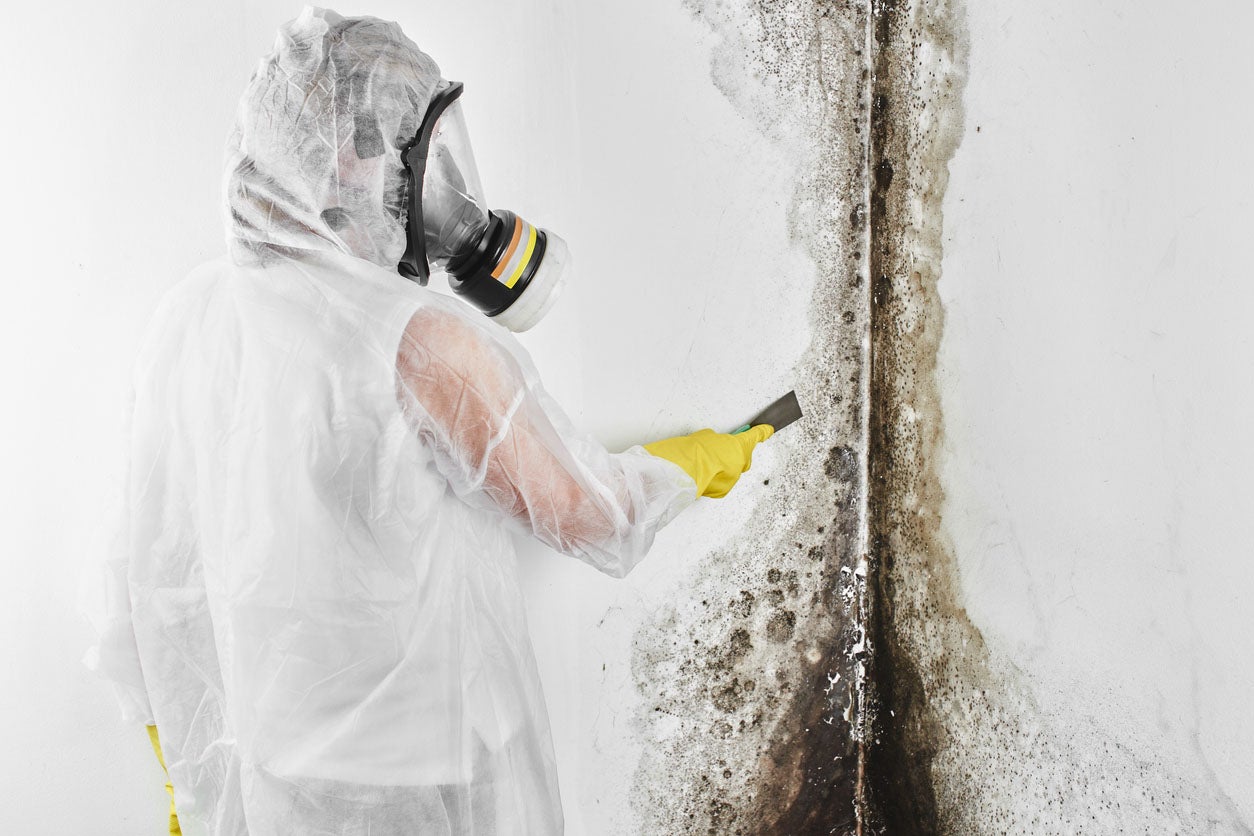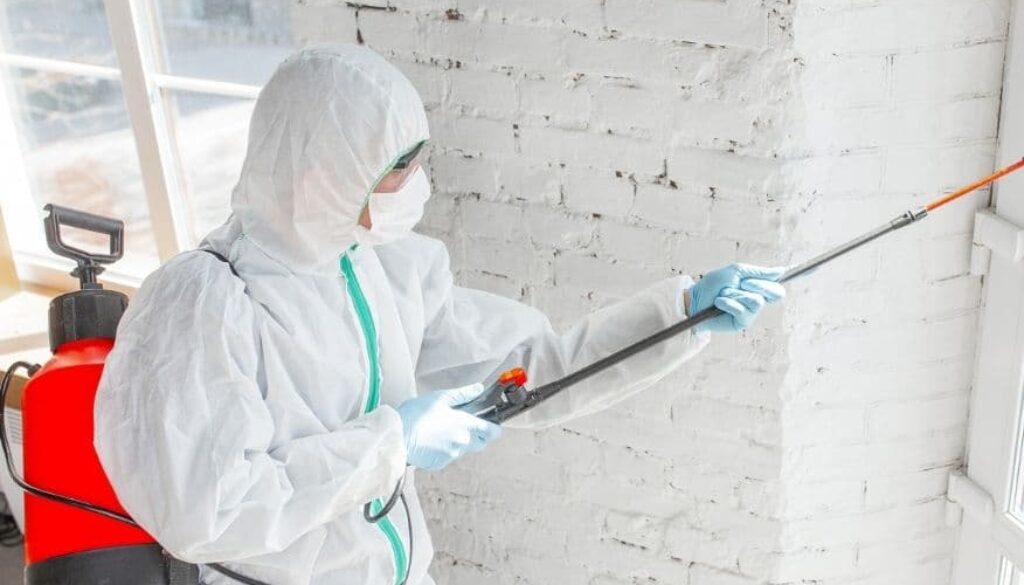How Remove Mold From Carpet

First, protect yourself by wearing a face mask and rubber gloves. You should also open a window to help air out the area.
A popular natural remedy for getting rid of mold in carpet is vinegar and baking soda. This combination is known to slow down mold growth and eliminate harmful odors.
1. Vinegar and Baking Soda
Before you begin the cleaning process, wear personal protective equipment (such as a face mask and gloves) to avoid breathing in any of the mold spores. Then, remove as much of the surface mold as possible with a dry brush, and discard the mold into the trash. If the mold has grown through to the carpet backing, you may need to cut out and replace the section of carpet.
Vinegar is a mild solution that can kill some strains of mold and mildew and eliminate musty odors. It can also dehydrate the affected area, which will help prevent further growth. If using vinegar alone, mix equal parts of distilled white vinegar and water in a spray bottle, and spray directly on the moldy areas.
For more serious cases, add baking soda to the vinegar solution for extra strength. Baking soda will also absorb moisture and deodorize the area. After saturating the carpet with the cleaner, allow it to air dry in an area with good ventilation. Alternatively, if you can remove the carpet, hang it over a clothesline in direct sunlight for 48 hours.
2. Lysol and Hot Water
Mold in carpet can be a major health concern. It can cause upper respiratory issues and a host of other problems in the home, particularly for families with children. Thankfully, there are some easy and affordable ways to remove mold from carpet, especially if you catch it early.
First, make sure to wear protective gloves and a mask. Then, scrub the area with a dry brush to remove any visible spores and discard them in a trash bag. Next, thoroughly saturate the affected area and 6 inches around it with an anti-fungal spray that is safe for use on carpet (and boasts a “mold barrier” or “mold prevention” label).
Leave the spray to sit for an hour before you rinse it with hot water. Be sure to blot the area with a clean, disposable rag to soak up any excess moisture and let it air dry for 24 hours. Resist the temptation to use a fan to accelerate the drying process as this can actually blow mold spores into other areas of the home.
3. Hydrogen Peroxide
Known for disinfecting wounds, hydrogen peroxide is also antifungal and kills mold spores. It works by oxidising the mold, breaking it up and making it easier to clean away. Mix a teaspoon of peroxide with water in a spray bottle and apply it to the mold. Allow to sit for around ten minutes, then scrub the area with a brush or soft rag. Be gentle and avoid damaging the carpet or causing it to tear.
After scrubbing, use a vacuum cleaner with a HEPA filter to suck up the remaining mold and spores. Be sure to empty the vacuum cleaner bag into a sealed plastic garbage bag so that the mold spores don’t spread through your home again.
It’s essential to take action quickly when you discover a patch of black mold on your carpet. The longer you wait, the more it will spread and the harder it will be to remove from your home.
4. Dish Soap
Mold is a fungus that spreads by releasing spores. These spores can trigger severe allergies and respiratory issues. This is why it is important to remove mold from your carpet as soon as you can.
If you have mildly infected carpet, a simple solution of lysol and hot water can work. Use a spray bottle to apply the lysol and water solution over the infected area of your carpet. Let the solution sit for an hour before using a vac or shop vac to pull the mold and spores from your carpet.
If your carpet is heavily infected with mold, you may need to take more drastic measures. This may include bleach diluted with water, but be warned that this can bleach out your carpet and create bald spots. If this is the case, you should call in a professional. Alternatively, there are industrial antifungal sprays that can be used, but they can be very potent and damaging to your carpet.



